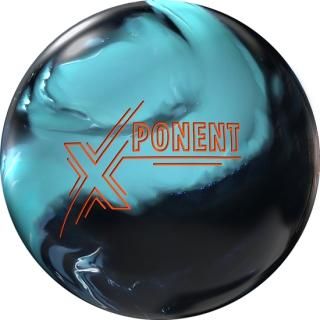
新入荷
再入荷
900グローバルエタニティ14ポンド
 タイムセール
タイムセール
終了まで
00
00
00
999円以上お買上げで送料無料(※)
999円以上お買上げで代引き手数料無料
999円以上お買上げで代引き手数料無料
通販と店舗では販売価格や税表示が異なる場合がございます。また店頭ではすでに品切れの場合もございます。予めご了承ください。
商品詳細情報
| 管理番号 |
新品 :16533228172
中古 :16533228172-1 |
メーカー | 4fff8b33ddea | 発売日 | 2025-04-06 17:27 | 定価 | 7200円 | ||
|---|---|---|---|---|---|---|---|---|---|
| カテゴリ | |||||||||
900グローバルエタニティ14ポンド
![エタニティ [900グローバル] 特価28,000円(税込) ボウリングボール・用品の専門店プロショップベガ通販 エタニティ [900グローバル] 特価28,000円(税込) ボウリングボール・用品の専門店プロショップベガ通販](https://img06.shop-pro.jp/PA01112/543/product/172770208_o2.jpg) エタニティ [900グローバル] 特価28,000円(税込) ボウリングボール・用品の専門店プロショップベガ通販,
エタニティ [900グローバル] 特価28,000円(税込) ボウリングボール・用品の専門店プロショップベガ通販, Amazon.co.jp: 900 Global Xponent 14ポンド : Sports & Outdoors,
Amazon.co.jp: 900 Global Xponent 14ポンド : Sports & Outdoors, 900グローバル - N&KプロショップP1【公式通販】 ボウリング用品・ボウリングボール 国内最大級の品揃え!,
900グローバル - N&KプロショップP1【公式通販】 ボウリング用品・ボウリングボール 国内最大級の品揃え!, 900グローバル - N&KプロショップP1【公式通販】 ボウリング用品・ボウリングボール 国内最大級の品揃え!,
900グローバル - N&KプロショップP1【公式通販】 ボウリング用品・ボウリングボール 国内最大級の品揃え!, 900グローバル - N&KプロショップP1【公式通販】 ボウリング用品・ボウリングボール 国内最大級の品揃え!
900グローバル - N&KプロショップP1【公式通販】 ボウリング用品・ボウリングボール 国内最大級の品揃え!



























